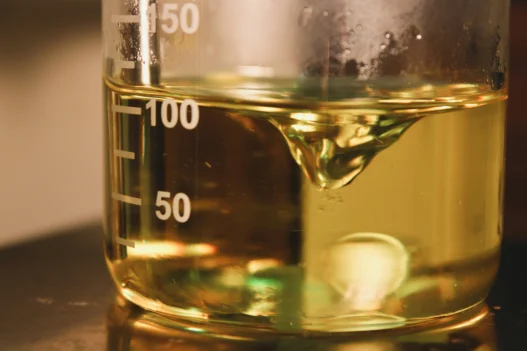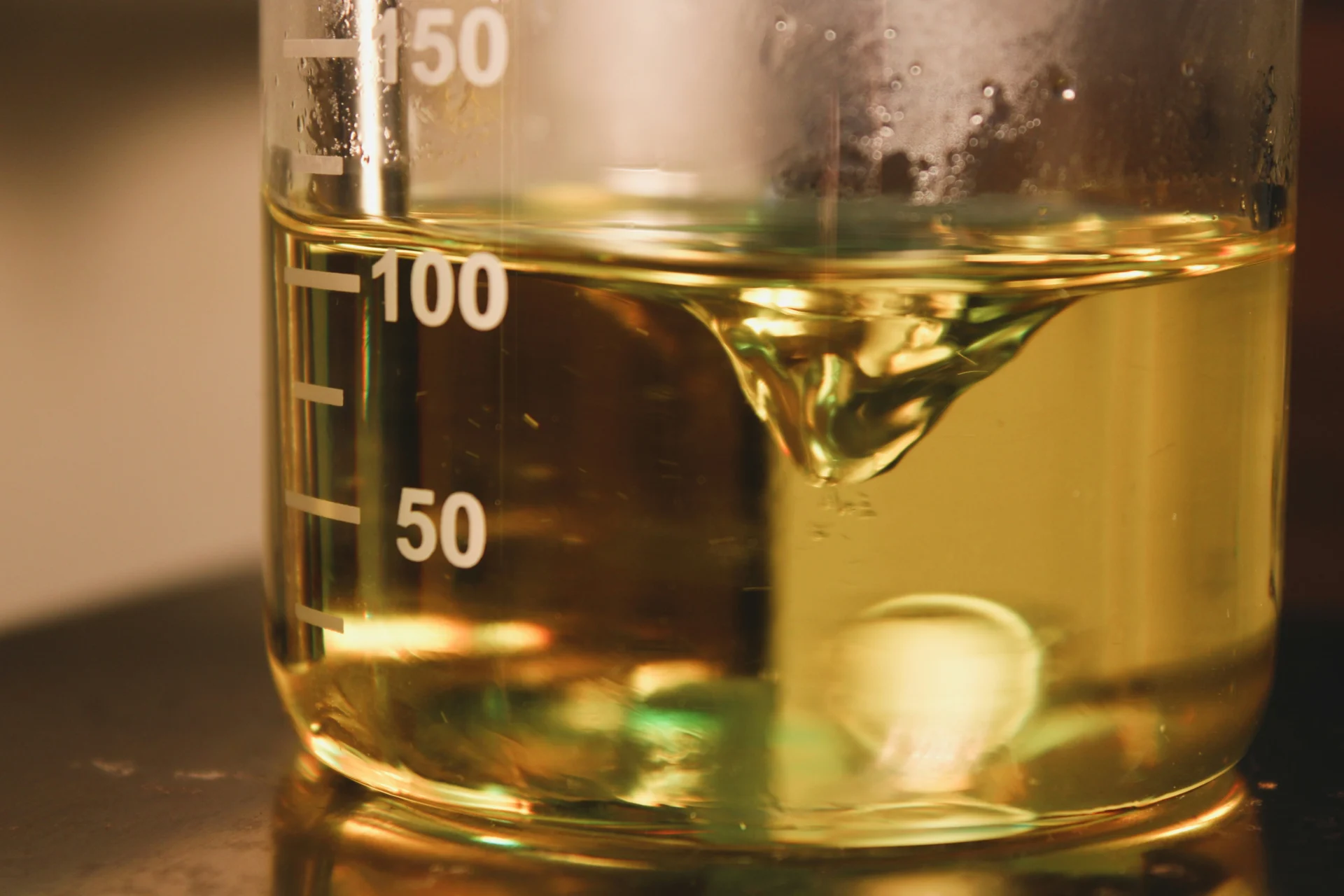Chlorodimethylphenylsilane, a chemical compound commonly used in the manufacturing of various silicone-based products, holds significant relevance to everyday life. This compound is utilized in the production of adhesives, sealants, lubricants, and coatings, thus playing a crucial role in numerous industries such as construction, automotive, and electronics. Additionally, Chlorodimethylphenylsilane is employed in the synthesis of pharmaceuticals and agrochemicals, further highlighting its importance in modern society. Its versatile applications underscore the impact of this compound on various aspects of daily life.
Table of Contents:
- 💡 Commercial Applications
- ⚗️ Chemical & Physical Properties
- 🏭 Production & Procurement
- ⚠️ Safety Considerations
- 🔬 Potential Research Directions
- 🧪 Related Compounds
💡 Commercial Applications
Chlorodimethylphenylsilane, a chemical compound used in various commercial and industrial applications, is employed as a reagent in the synthesis of organic compounds. It is commonly utilized in the pharmaceutical industry as a building block for the production of silicone polymers. Additionally, it is used as a crosslinking agent in the manufacturing of silicone rubbers and resins, contributing to the development of high-performance materials.
In the realm of drug and medication applications, Chlorodimethylphenylsilane serves as a key component in the formulation of certain pharmaceutical products. Its role as a silicone intermediate enables the creation of drug delivery systems that ensure precise dosing and controlled release of active ingredients. Moreover, its chemical properties make it a valuable tool in the synthesis of specialized pharmaceutical compounds, supporting advancements in medical research and development.
⚗️ Chemical & Physical Properties
Chlorodimethylphenylsilane is a colorless liquid with a faint sweet odor. It is commonly used as a reagent in organic synthesis reactions due to its unique chemical properties.
The molar mass of Chlorodimethylphenylsilane is approximately 190.26 g/mol, and its density is around 1.02 g/cm3. Compared to common food items like water (molar mass of 18.015 g/mol, density of 1 g/cm3) and sugar (molar mass of 342.30 g/mol, density varies), Chlorodimethylphenylsilane has a higher molar mass and density.
Chlorodimethylphenylsilane has a melting point of -65 °C and a boiling point of 220 °C. This is significantly higher compared to common food items like water (melting point of 0 °C, boiling point of 100 °C) and sugar (melting point of 186 °C, boiling point of 320 °C).
Chlorodimethylphenylsilane is insoluble in water and exhibits low viscosity. This is in stark contrast to common food items like salt (soluble in water) and honey (high viscosity).
🏭 Production & Procurement
Chlorodimethylphenylsilane is typically produced by reacting dimethylphenylchlorosilane with chlorine gas in the presence of a catalyst, such as aluminum trichloride. This reaction results in the replacement of one of the methyl groups with a chloro group, forming Chlorodimethylphenylsilane.
To procure Chlorodimethylphenylsilane, one can typically purchase it from chemical suppliers who specialize in organosilicon compounds. The compound is often available in bulk quantities and can be shipped in sealed containers to prevent contamination. Care should be taken during transportation to ensure that the compound does not come into contact with moisture or reactive substances.
When transporting Chlorodimethylphenylsilane, it is important to comply with regulations regarding the handling of hazardous materials. Proper labeling of containers, as well as providing appropriate safety data sheets, is essential for safe transport. Additionally, using approved carriers with experience in transporting chemicals is advisable to prevent any accidents or spills during transit.
⚠️ Safety Considerations
Safety considerations for Chlorodimethylphenylsilane should be taken seriously due to its hazardous properties. This chemical is highly flammable and should be stored away from heat, sparks, and open flames. Additionally, it is corrosive and can cause severe skin and eye irritation upon contact. It is important to handle Chlorodimethylphenylsilane in a well-ventilated area to prevent inhalation of its vapors. Proper personal protective equipment should be worn when working with this substance, including gloves, goggles, and a lab coat.
Hazard statements for Chlorodimethylphenylsilane include “Causes skin and eye irritation” and “May cause respiratory irritation.” This chemical is also labeled as harmful if swallowed or inhaled. It is advised to avoid prolonged or repeated exposure to Chlorodimethylphenylsilane as it can lead to serious health effects. In case of contact with skin or eyes, rinse immediately with plenty of water and seek medical advice if irritation persists. If ingested or inhaled, seek medical attention immediately and provide the SDS (Safety Data Sheet) for proper treatment.
Precautionary statements for Chlorodimethylphenylsilane include “Keep away from heat, sparks, and open flames” and “Avoid breathing vapors, mist, or gas.” It is recommended to use this chemical in a fume hood to minimize exposure to its fumes. When handling Chlorodimethylphenylsilane, wear appropriate protective equipment such as gloves, goggles, and a lab coat. Store this substance in a cool, well-ventilated area away from incompatible materials to prevent accidents. In case of a spill, follow proper cleanup procedures and dispose of waste according to local regulations.
🔬 Potential Research Directions
One potential research direction for Chlorodimethylphenylsilane is exploring its applications in materials science. This compound has been found to be useful in the production of silicone polymers, which have a wide range of industrial uses due to their flexibility and thermal stability.
Another potential avenue for research is investigating the reactivity of Chlorodimethylphenylsilane with various organic compounds. Understanding the mechanisms by which this compound reacts with other molecules can lead to the development of new synthetic methods and the creation of novel chemical structures.
Furthermore, studying the toxicity and environmental impact of Chlorodimethylphenylsilane can provide valuable insights into its safe handling and disposal. This information is crucial for ensuring the responsible use of this compound in various industries and preventing any negative effects on human health and the environment.
🧪 Related Compounds
One similar compound to Chlorodimethylphenylsilane is Bromodimethylphenylsilane. This compound has a similar molecular structure to Chlorodimethylphenylsilane but instead contains a bromine atom in place of the chlorine atom. Bromodimethylphenylsilane is commonly used in organic synthesis reactions for the introduction of the phenylsilane moiety.
Another compound with a comparable structure to Chlorodimethylphenylsilane is Iododimethylphenylsilane. This compound also features a halogen atom in place of the chlorine atom present in Chlorodimethylphenylsilane. Iododimethylphenylsilane is utilized in organic chemistry as a reagent for the substitution and cross-coupling reactions.
Trimethylphenylsilane is a compound closely related to Chlorodimethylphenylsilane. While both compounds contain a phenyl group attached to a silicon atom, Trimethylphenylsilane lacks a halogen substituent. This compound is commonly employed in organic synthesis as a source of phenyl groups in various reactions.





